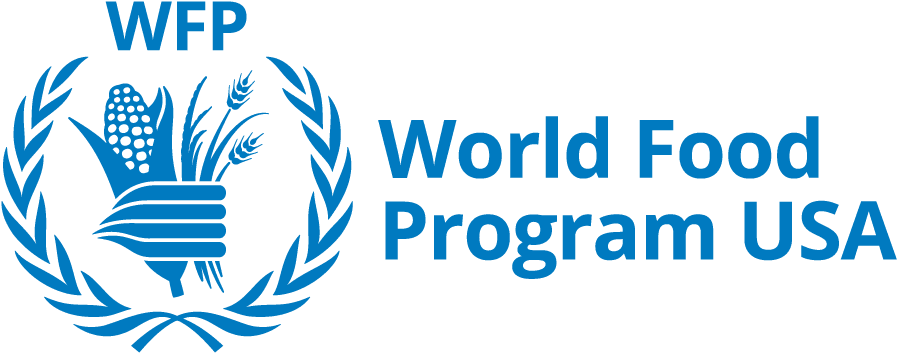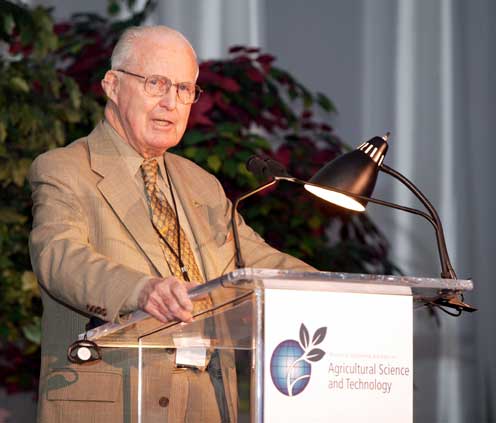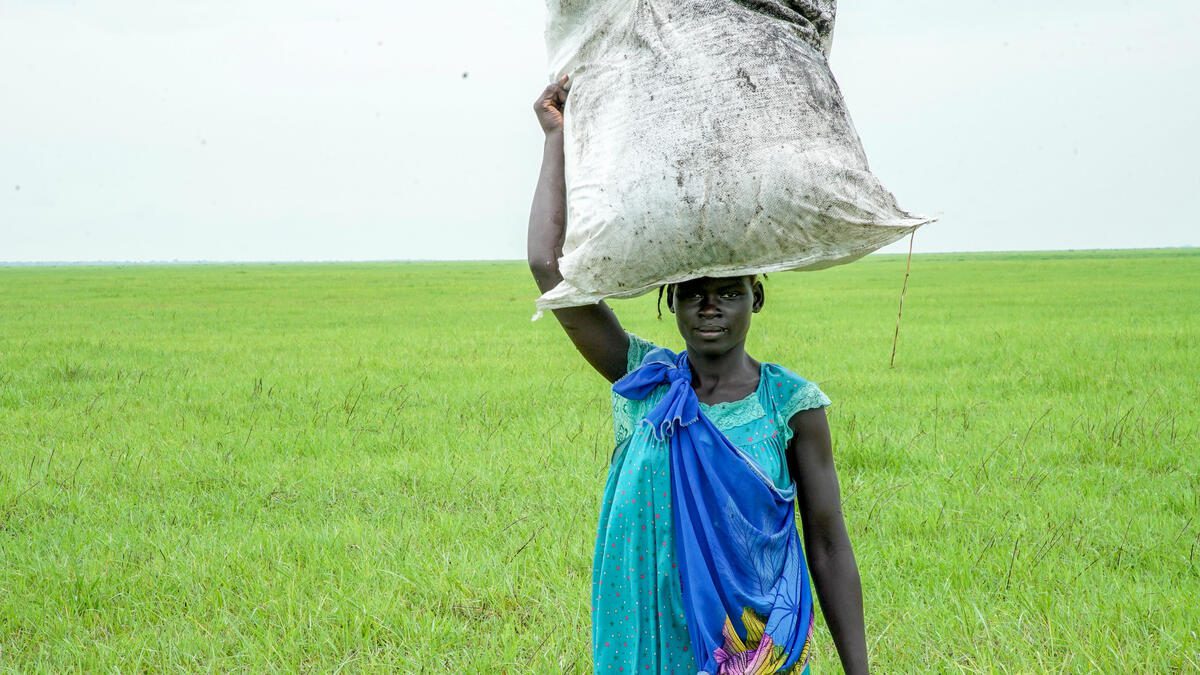American biologist and humanitarian Norman Borlaug is often called “The Father of the Green Revolution” for his groundbreaking discoveries in high-yield agriculture.
He’s even been called “The Man Who Saved A Billion Lives,” which is no exaggeration.
Thanks in part to his dedication and expertise, the world’s grain output grew by more than 150 percent from 1950 to 1992. Before Borlaug, who died in 2009, staple crops like wheat grew sparsely, often perished to disease and required harvesting by hand in countries like Pakistan, India and Mexico.
Borlaug once said the biggest obstacle to his work was the “constant pessimism and scare-mongering” of skeptics who argued that mass starvation was inevitable; that hundreds of millions would die in Africa and Asia and there was nothing humanity could do about it.
As Borlaug knew, the world can solve hunger if we have the right tools, technology and support. Hunger isn’t about too many mouths to feed and too little food. It’s about equality and access to resources. It’s also about our collective future.
Because, as Borlaug once said, “We can’t build world peace on empty stomachs and human misery.”
American biologist and humanitarian Norman Borlaug is often called “The Father of the Green Revolution” for his groundbreaking discoveries in high-yield agriculture.
“The Father of the Green Revolution”
In 1944, Dr. Borlaug joined the Rockefeller Foundation’s new technical assistance program in Mexico. There, he worked as a research scientist to solve a series of wheat production problems that were limiting crop yields in Mexico and developed successive generations of “semi-dwarf” wheat varieties.

These new varieties were disease-resistant, adaptable to different growing conditions and had exceedingly high yield potential. By 1963, 95 percent of Mexico’s wheat crops used the semi-dwarf varieties developed by Borlaug.
“The Man Who Saved a Billion Lives”
Thanks in part to his innovations and expertise, the world’s grain supply grew more than 150 percent from 1950 to 1992. Before Borlaug, staple crops like wheat grew sparsely, often perished to disease and required harvesting by hand in countries like Pakistan, India and Mexico.

His breakthrough in wheat development sparked the “Green Revolution” and garnered Borlaug a reputation as “The Man Who Saved a Billion Lives” for his contributions to the world food supply. Upon receiving the Nobel Peace Prize for dedicating his life to feeding the hungry, Borlaug said,
“When the Nobel Peace Prize Committee designated me the recipient of the 1970 award for my contribution to the ‘green revolution’, they were in effect, I believe, selecting an individual to symbolize the vital role of agriculture and food production in a world that is hungry, both for bread and for peace.”
“The green revolution has won a temporary success in man’s war against hunger and deprivation; it has given man a breathing space.”
Borlaug once said the biggest obstacle to his work was the “constant pessimism and scare-mongering” of skeptics who argued that mass starvation was inevitable; that hundreds of millions would die in Africa and Asia and there was nothing humanity could do about it.

As Borlaug once said, “We can’t build world peace on empty stomachs and human misery.”






